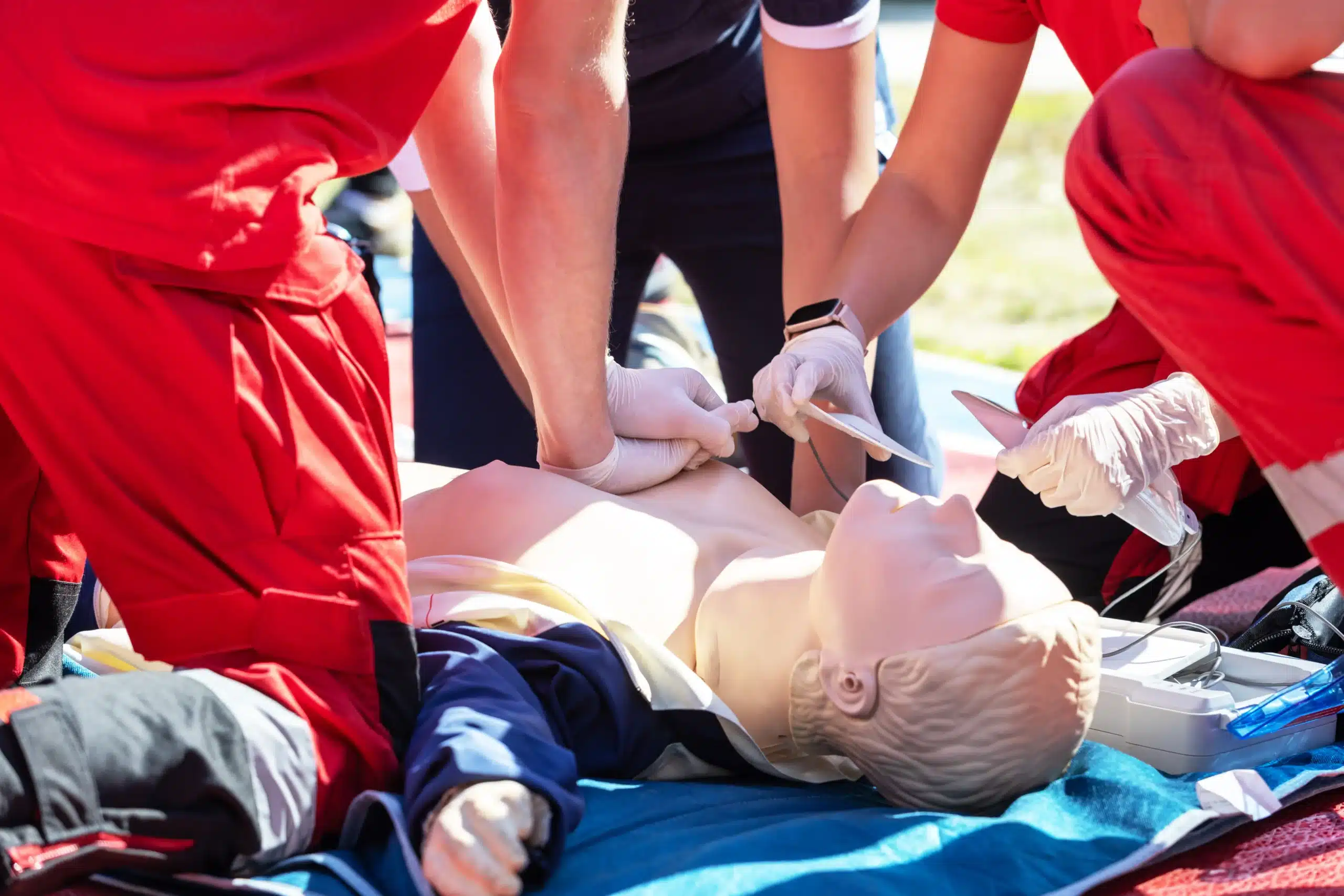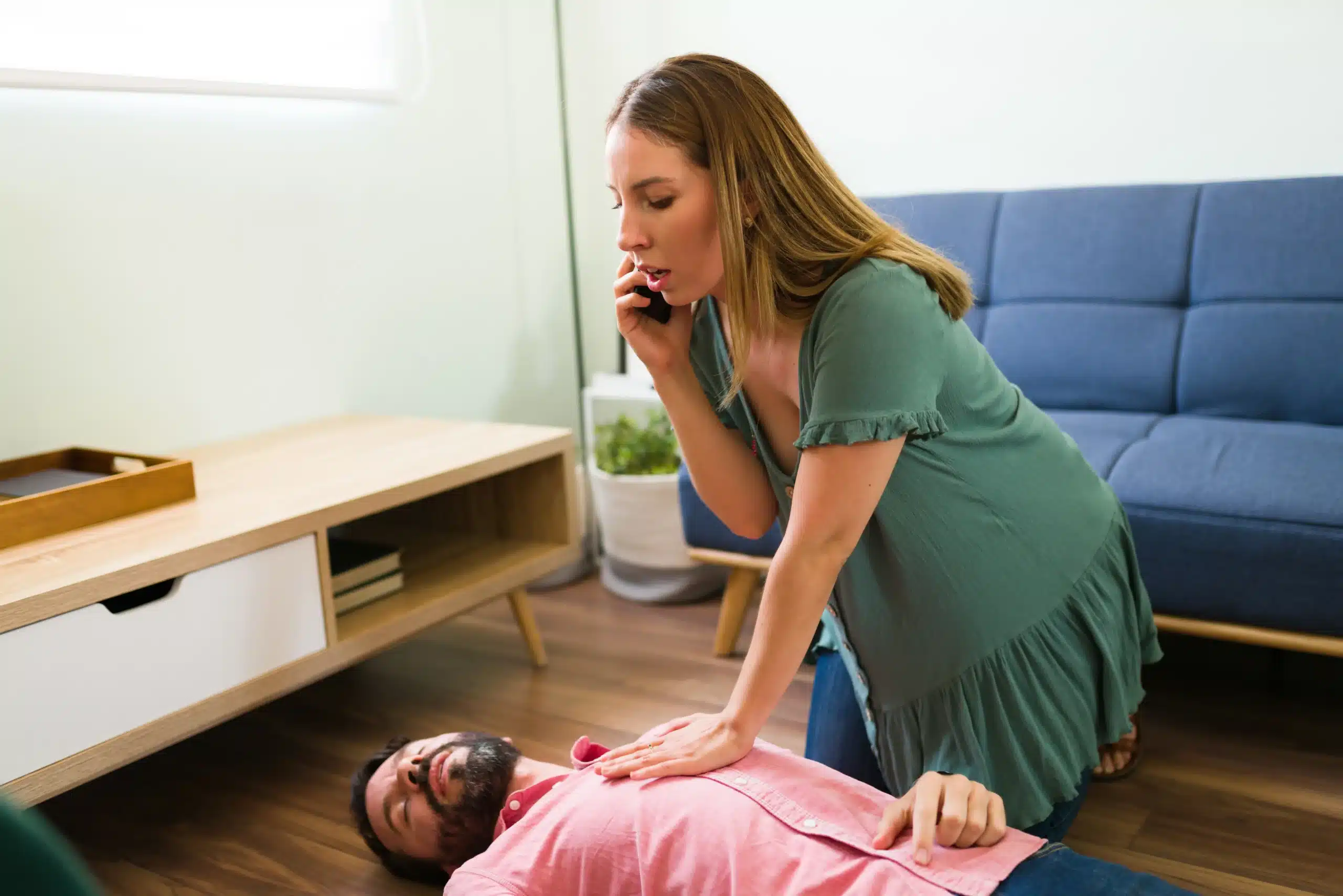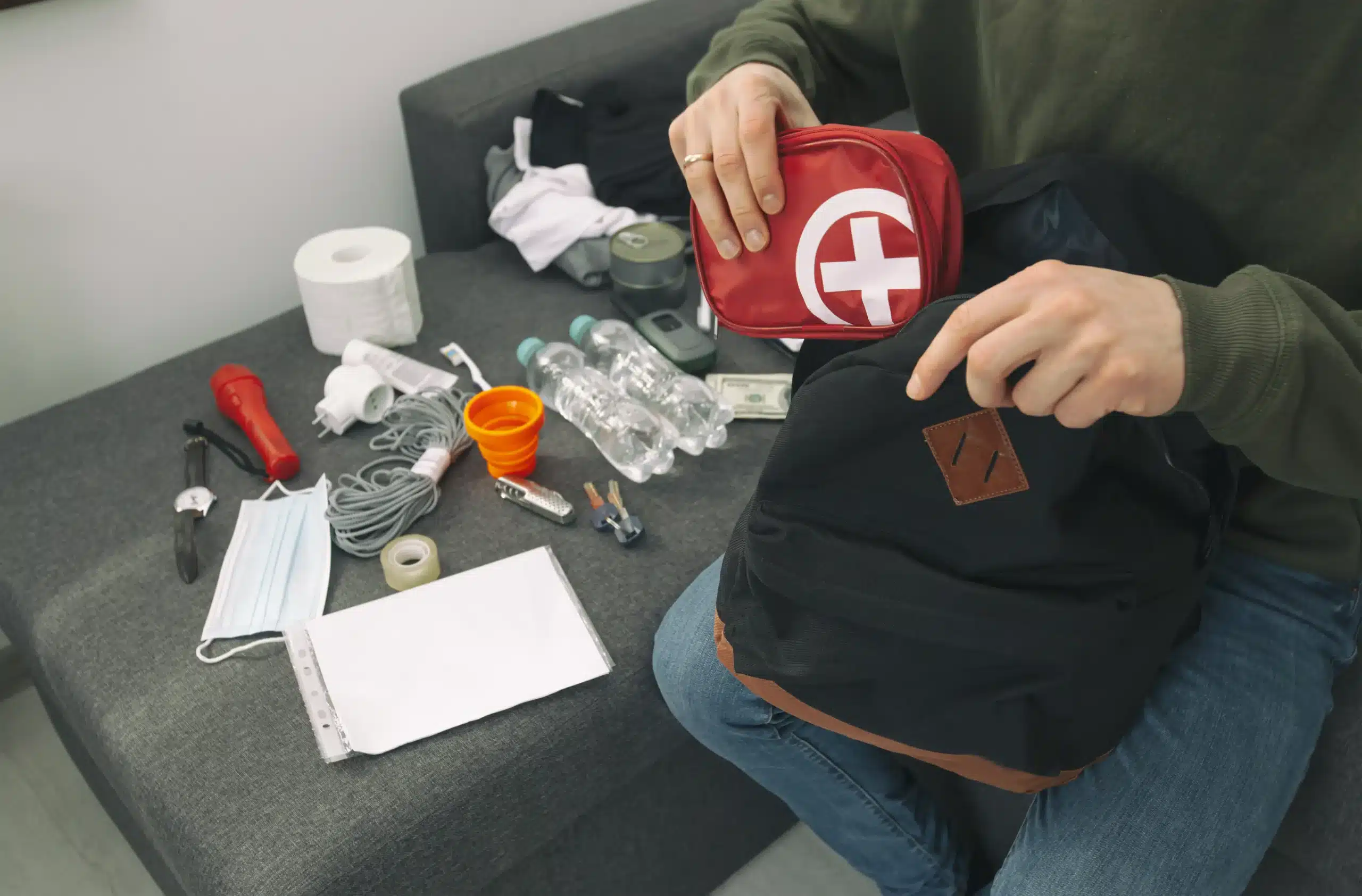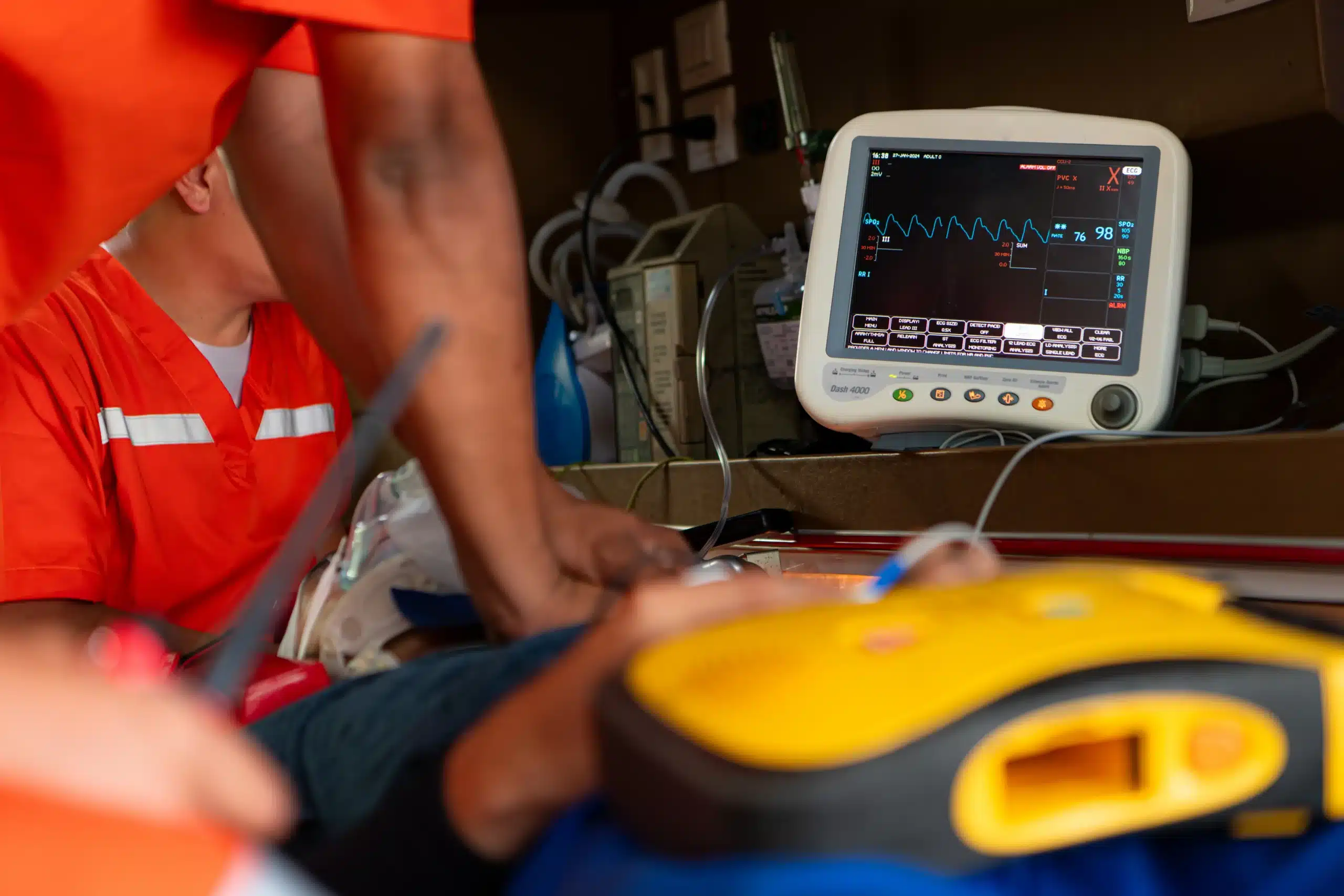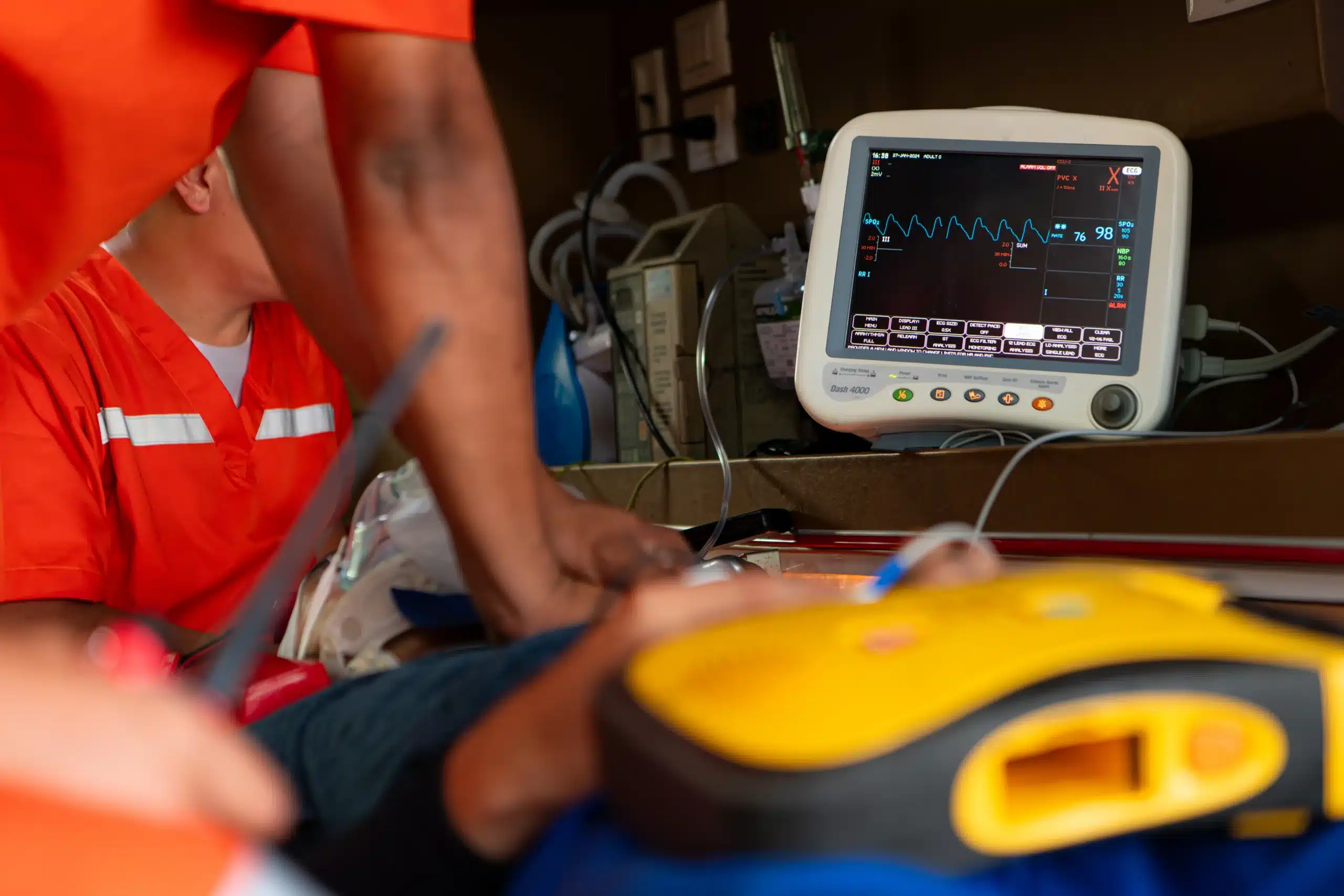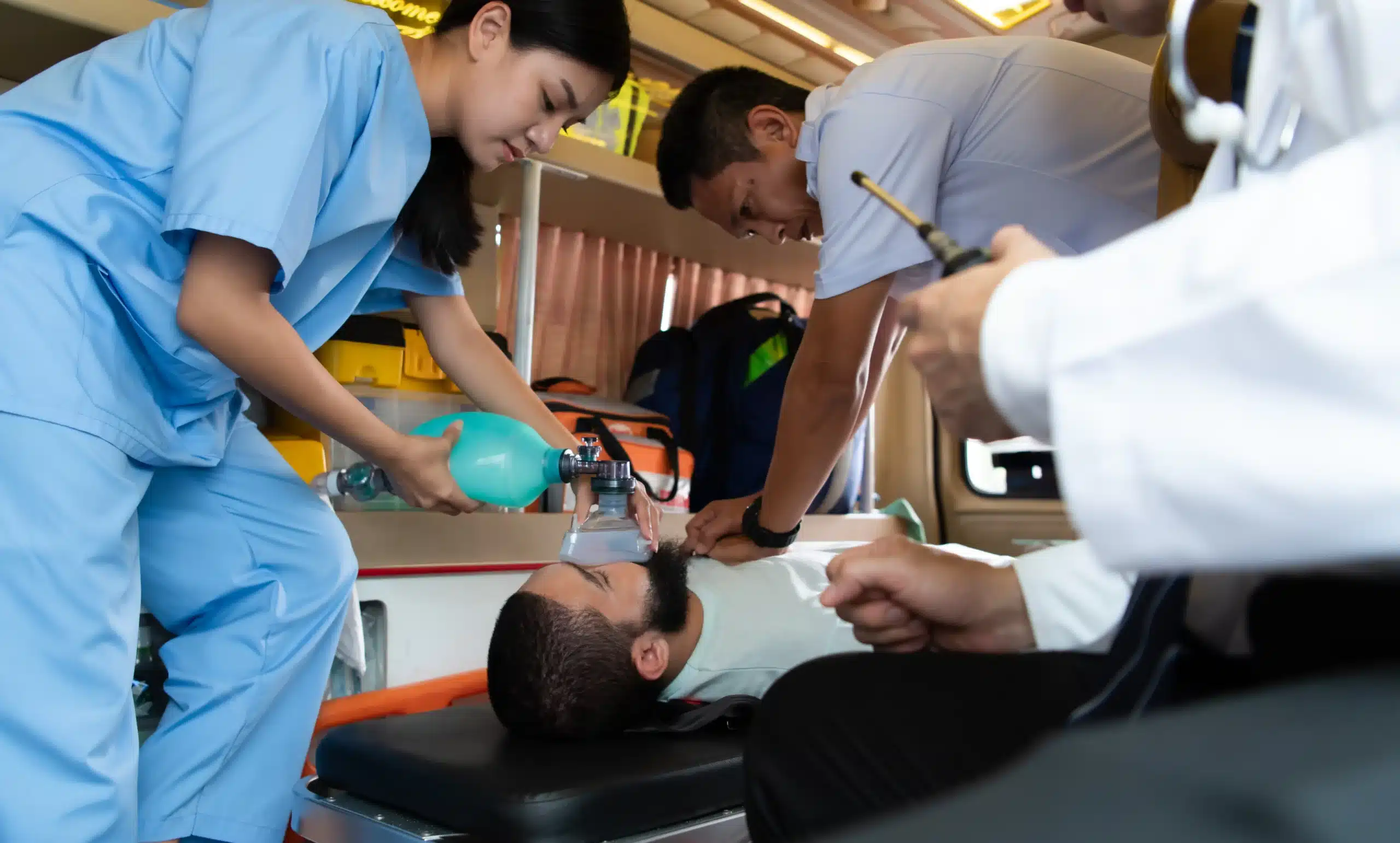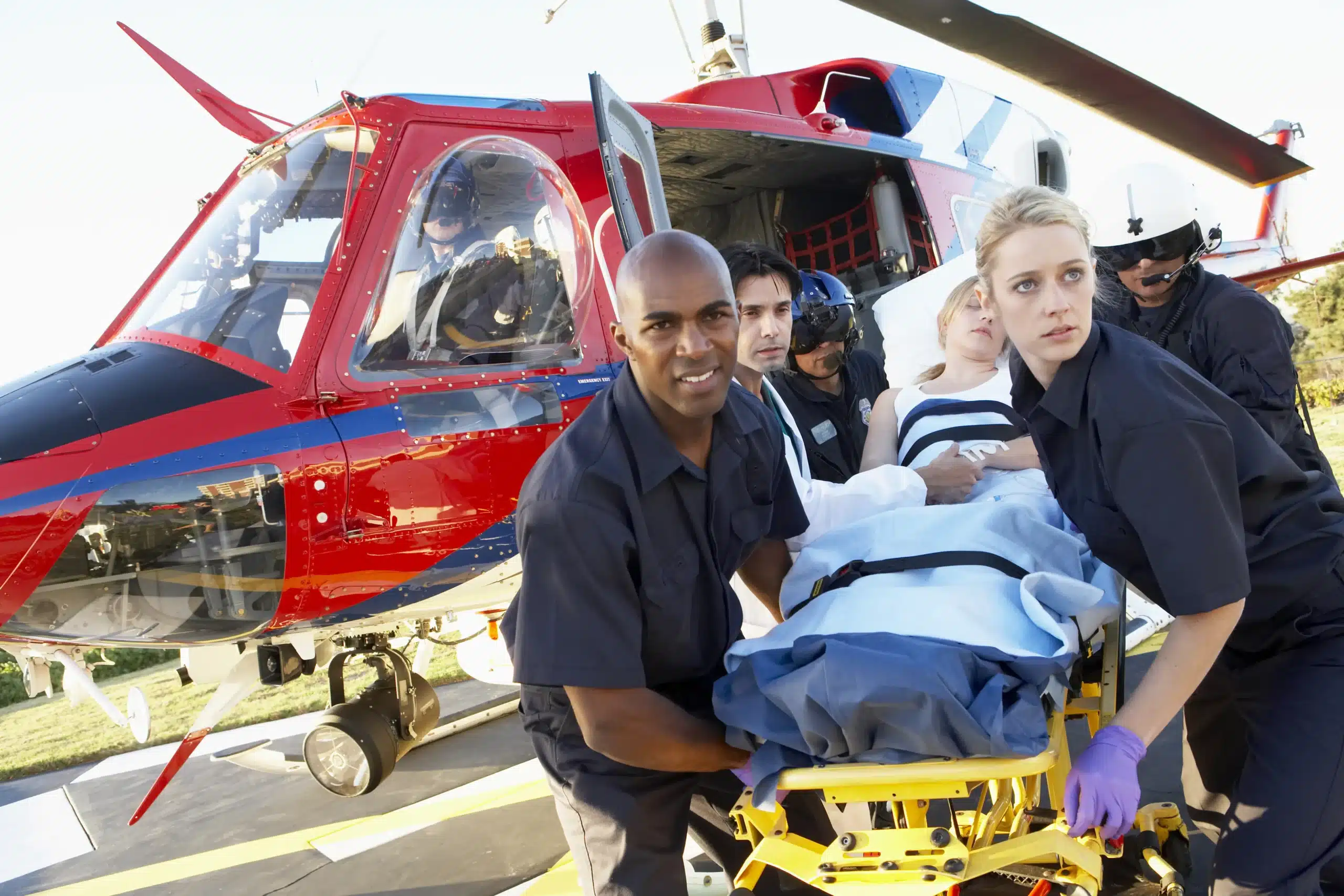Your BLS certification is more than just a piece of paper—it’s a testament to your commitment to providing high-quality care in critical situations. But like any important skill, BLS requires regular refreshing to stay sharp. This comprehensive guide walks you through the BLS recertification process, making it easy to find the right course and maintain your skills. From understanding the requirements to locating “BLS recertification near me,” we’ll cover everything you need to know. We’ll also explore the pros and cons of online versus in-person training, discuss costs, and offer practical tips for exam preparation and long-term skill retention.
Key Takeaways
- Maintain your life-saving skills with BLS Recertification: Regularly updating your BLS certification ensures you’re prepared to provide effective care in emergencies, incorporating the latest guidelines and techniques.
- Explore convenient learning options: Choose from online, in-person, or blended learning formats to fit your schedule and preferred learning style. Consider factors like cost, location, and provider reputation when selecting a course.
- Proactive planning simplifies BLS renewal: Track your certification expiration date and understand the renewal requirements to avoid lapses in your credentials. Staying organized ensures a smooth and stress-free recertification process.
What is BLS Recertification?
BLS recertification is a refresher course for healthcare professionals who need to renew their Basic Life Support (BLS) certification. It keeps your skills and knowledge fresh, covering the latest life-saving techniques and guidelines. Think of it as a tune-up, making sure you’re always prepared to respond effectively in an emergency. The American Heart Association (AHA) offers several ways to renew your BLS certification, including convenient online courses and traditional in-person classes. This flexibility makes it easier to fit recertification into your busy schedule. Your BLS certification is valid for two years, and there’s no grace period after it expires, so plan ahead. Renewal involves completing the required coursework and passing an exam, ensuring everyone with a current BLS certification maintains proficiency in the most up-to-date techniques. Keeping your BLS skills sharp is critical, especially in high-pressure emergency situations. Recertification reinforces your training and extends your certification, giving you the confidence to provide effective care when it matters most. You can find more information on BLS renewal at the Red Cross website.
Find BLS Recertification Providers Near You
Finding the right BLS recertification course means understanding your options. Here’s a rundown of common providers:
Rocklin CPR Classes
Companies like Rocklin CPR Classes offer a blend of online and in-person BLS recertification courses covering essential material. While online learning offers flexibility, in-person BLS recertification provides hands-on skill practice. This combination often works well for busy professionals seeking a balance of convenience and practical application. Check their website for course schedules and locations.
American Red Cross
The American Red Cross is a well-established provider of BLS recertification, offering both online and in-person classes. Their courses are known for being comprehensive and widely accepted. With a long history of providing first aid and CPR training, the Red Cross is a familiar and trusted resource for many healthcare professionals.
American Heart Association
The American Heart Association (AHA) also provides several ways to renew your BLS certification, including online and in-person options. AHA certifications are highly regarded in the medical field. Check their website to locate certified training centers in your area.
Local Hospitals and Medical Centers
Many hospitals and medical centers offer BLS recertification courses directly to their staff and often open these courses to the public. These courses are frequently tailored to the specific needs of healthcare providers and offer a practical, real-world learning environment. Contact your local hospitals or medical centers to inquire about courses and registration.
Community Colleges
Community colleges are another excellent resource for affordable BLS recertification. They often offer competitive pricing and convenient schedules, making them accessible to a wider range of people. Check with your local community college for information on their healthcare and professional development courses.
Get BLS Recertified: Steps and Requirements
Getting your BLS recertified is a straightforward process. Here’s what you need to know:
Eligibility Criteria
Before signing up for a BLS renewal course, confirm you’re eligible. You’ll need a current BLS provider card, or one that’s recently expired (often within the last 30 days). This shows you have the basic knowledge needed for recertification. Check with your chosen provider for their specific requirements.
Course Duration and Content
BLS recertification courses usually take between 2.5 and 4.5 hours. They cover essential updates, the Chain of Survival, and CPR/AED techniques for adults, children, and infants. The curriculum ensures you’re familiar with the latest life support practices and guidelines from the American Heart Association.
Exam and Certification
Recertification involves enrolling in a course (some include online components), and passing a skills test. Upon successful completion, you’ll receive your updated American Heart Association BLS Provider card, often on the same day, providing immediate proof of your renewed certification.
Online vs. In-Person BLS Recertification
Deciding how to renew your BLS certification often comes down to choosing between online convenience and in-person, hands-on learning. Let’s explore the pros and cons of each option, plus a blended learning approach.
Online Courses: Flexibility and Convenience
Online BLS recertification courses offer unparalleled flexibility. Busy professionals, especially those juggling work, family, and other commitments, appreciate the ability to complete the coursework at their own pace. Providers like ACLS Medical Training offer 100% online BLS recertification that covers all the essential material. These courses often incorporate simulations, scenarios, and quizzes to assess your understanding. This format works well for those comfortable with self-directed learning and who prefer a digital environment. Many online courses, like those from Premiere Education, are nationally recognized and accredited.
In-Person Training: Hands-On Experience
While online learning offers flexibility, in-person BLS recertification provides valuable hands-on learning. Working directly with an instructor and other students allows for real-time feedback and a deeper understanding of the techniques. This approach is particularly beneficial for those who learn best through tactile experiences and direct interaction. The American Heart Association notes that their BLS Renewal Course includes skills practice and testing, reinforcing the importance of hands-on training. This in-person component ensures you’re fully prepared to respond to real-life emergencies.
Blended Learning
For those seeking a balance, blended learning offers a compelling solution. This approach combines online coursework with in-person skills sessions. You can work through the theoretical content online at your convenience, then attend a shorter, focused in-person session to practice your skills. Some programs, like those utilizing the RQI system, integrate blended learning to maximize efficiency and skill retention. This method ensures a strong theoretical foundation while also providing the practical experience necessary to confidently perform BLS.
BLS Recertification Costs
Getting recertified in BLS is an investment in your skills and career. Understanding the costs involved can help you budget effectively and find the best value. This section breaks down the typical expenses associated with BLS recertification.
Average Pricing
BLS recertification costs vary based on location, the training provider, and the course format. Expect to pay anywhere from $55 to $120 for a BLS recertification course. For example, some providers, like Berkeley CPR Classes, offer a BLS course for around $120, which includes online coursework, the skills test, and your certification card. Others, like ACLS123, offer courses for around $55, though materials like textbooks might cost extra. Comparing prices from different providers in your area is always a good idea. Contact providers directly—like Rocklin CPR Classes—to discuss pricing and any available discounts.
Additional Fees
While many BLS recertification courses include study materials and certification fees in their advertised price, double-check for any potential hidden costs. Some providers may charge extra for things like physical textbooks, online access codes, or replacement certification cards. As Berkeley CPR Classes advises, it’s always best to check with your provider to see exactly what’s covered in the initial cost. This will help you avoid any surprises and ensure you have a clear understanding of the total investment required. If a course is described as “all-inclusive,” confirm precisely what that includes.
Discounts and Group Rates
If you’re looking to save on BLS recertification, explore potential discounts or group rates. Many training centers offer discounts for students, military personnel, or groups registering together. For example, Rocklin CPR Classes offers discounted rates for group bookings. Taking a recertification course with colleagues or friends can be a cost-effective way to renew your credentials. Keep an eye out for special promotions or discounts offered by providers like the Red Cross, which sometimes has free shipping on training materials. Even small savings can add up.
Choose the Right BLS Recertification Course
Finding the right BLS recertification course takes a little research, but it’s worth it to ensure you receive high-quality training. This section covers key factors to consider and important questions to ask potential providers.
Factors to Consider
When selecting a BLS recertification course, think about your schedule, budget, and the overall quality of training. Providers like ACLS Medical Training offer 100% online BLS recertification courses covering all the essential material. Online learning offers flexibility, especially if you have a busy schedule or limited access to in-person classes. However, in-person BLS recertification provides hands-on learning and direct interaction with an instructor, which can be helpful for practicing skills and asking questions. It’s also important to ensure the course aligns with any specific department protocols to make the training as relevant as possible. If you’re in Pennsylvania, the Red Cross website has class schedules and locations for cities like Harrisburg, Philadelphia, Wilkes Barre, Reading, and Pittsburgh. No matter your location, make sure the curriculum is up-to-date and taught by certified instructors.
Questions to Ask Providers
Before committing to a BLS recertification course, ask providers a few key questions. Inquire about the available course formats—do they offer online, in-person, or blended learning? Understanding the course structure helps you choose the best format for your learning style and schedule. Ask about the course duration and what’s included in the training materials. Some courses may offer additional resources or practice tests to help with exam preparation. It’s crucial to confirm the certification will be recognized by your employer and is valid for the required duration. You should also ask about the total cost, including any additional fees for materials or certification cards. Finally, don’t hesitate to ask about the instructor’s qualifications and experience teaching BLS. A qualified instructor can make all the difference in your learning experience. The Red Cross website offers further information on BLS renewal and recertification.
Prepare for Your BLS Recertification
Getting ready for your BLS recertification doesn’t have to be stressful. With the right approach and resources, you can confidently renew your skills and knowledge. This section covers essential study materials, practice tips, and strategies for retaining those crucial life-saving skills.
Study Materials and Resources
Start by gathering your study materials. Reliable resources like the American Red Cross offer comprehensive BLS programs used by organizations for over a century. Many providers offer nationally and internationally recognized online BLS recertification courses. Check with your original certifying body to confirm the validity period of your current BLS provider card and any specific requirements they may have. For example, ACLS Medical Training clearly states that their BLS provider cards are valid for two years.
Practice Tips and Skill Retention
One of the biggest challenges in BLS recertification is keeping up with evolving guidelines and procedures. Staying informed about the latest practices is essential for adapting to changes in emergency care. To really solidify your skills, consider incorporating reflective practice. Studies have shown that reflective practice improves recall and reduces the time it takes to initiate BLS in emergency situations. Hands-on practice and review are key to maintaining your proficiency.
Maintain Your BLS Certification
Staying current with your Basic Life Support (BLS) skills is crucial, especially for healthcare providers and anyone who might need to respond to an emergency. BLS certification is typically valid for two years. Don’t let it lapse—renewing your certification ensures you meet workplace standards and can continue to deliver effective care when it matters most. BLS Certification demonstrates your commitment to providing high-quality care in emergency situations.
Keeping your BLS certification up-to-date is easier than you think. First, mark your calendar. There’s no grace period after your certification expires, so knowing the expiration date is half the battle. Renewal involves completing a refresher course and passing an exam, just like the initial certification process. The American Red Cross offers various learning formats, making it easier to fit renewal into your schedule.
Before you sign up for a renewal course, double-check the requirements. Most providers require a current or recently expired BLS certification to be eligible for renewal. The good news is that many organizations offer streamlined recertification with convenient options, often including digital certificates. This simplifies the process and allows you to access your credentials quickly.
A little planning goes a long way in avoiding common renewal mistakes. Set reminders for yourself so you don’t miss deadlines. Keep your information updated with your certifying body, and be sure you understand any continuing education requirements that might apply. Staying organized and informed will make the entire process smooth and stress-free. Knowing these potential pitfalls can save you time and frustration. By staying on top of these details, you can confidently maintain your BLS certification and your ability to provide excellent care in critical situations.
Related Articles
- BLS Renewal in Rocklin: Your Complete Guide – Rocklin CPR Classes
- BLS Classes in Roseville: Your Complete Guide – Rocklin CPR Classes
- BLS Courses in Sacramento: Your Complete Guide – Rocklin CPR Classes
- BLS Renewal Sacramento: Your Complete Guide – Rocklin CPR Classes
- Find BLS Training Near Me: A Practical Guide – Rocklin CPR Classes
Frequently Asked Questions
How often do I need to recertify my BLS certification? BLS certification is valid for two years. You’ll need to recertify before your current certification expires. There’s no grace period, so mark your calendar and plan.
What’s the difference between online and in-person BLS recertification? Online recertification offers flexibility, letting you learn at your own pace. In-person classes provide hands-on practice and direct interaction with an instructor. Some providers offer a blended learning approach, combining online coursework with in-person skills sessions.
Where can I find BLS recertification courses? Several organizations offer BLS recertification, including the American Red Cross, the American Heart Association, local hospitals and medical centers, community colleges, and companies like Rocklin CPR Classes. Check their websites or contact them directly for course schedules, locations, and pricing.
What’s the typical cost of BLS recertification? Costs range from $55 to $120, depending on the provider, location, and course format. Some providers offer discounts for groups, students, or military personnel. Always confirm what’s included in the price to avoid unexpected fees.
How can I prepare for my BLS recertification? Gather your study materials, review the latest guidelines, and practice your skills. Many providers offer resources like practice tests and online modules. Hands-on practice and review are key to refreshing your knowledge and ensuring you’re ready for the recertification exam.
